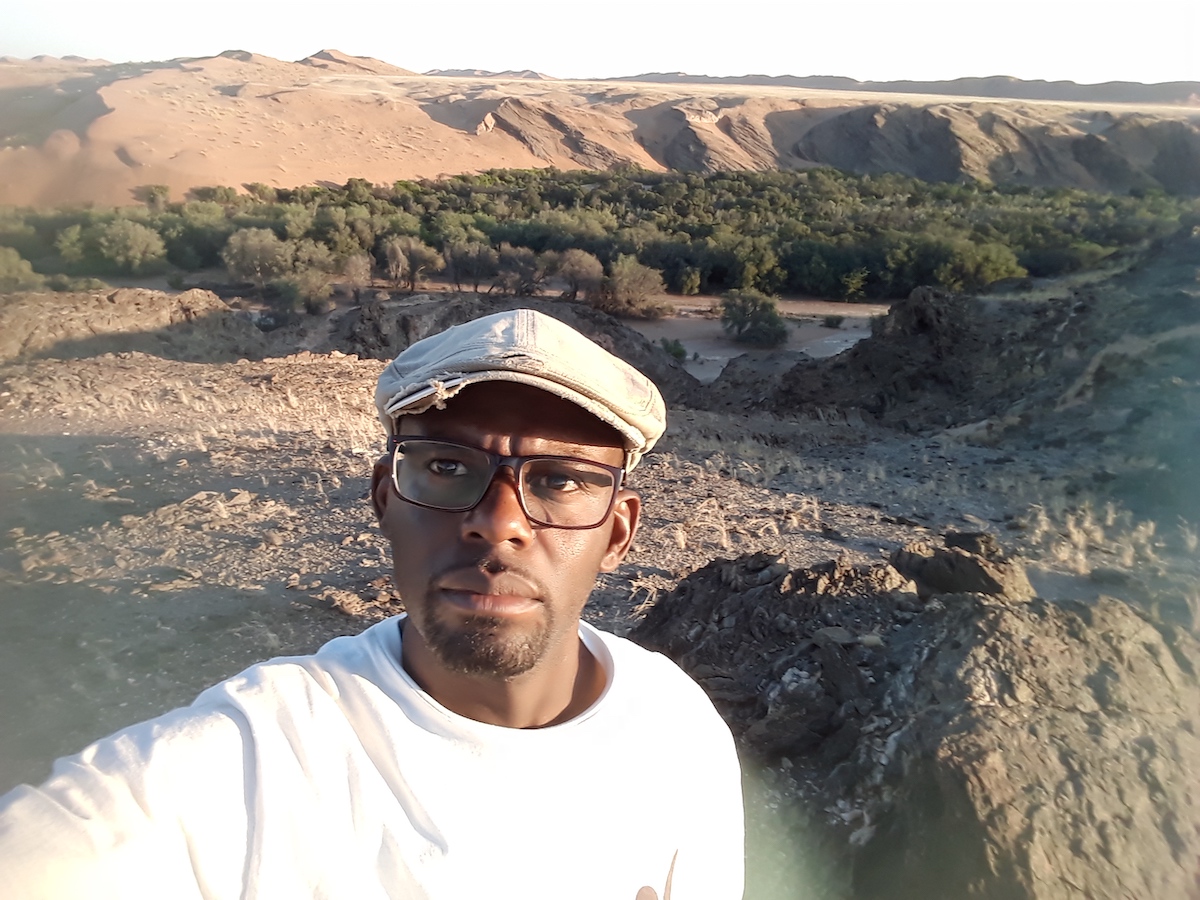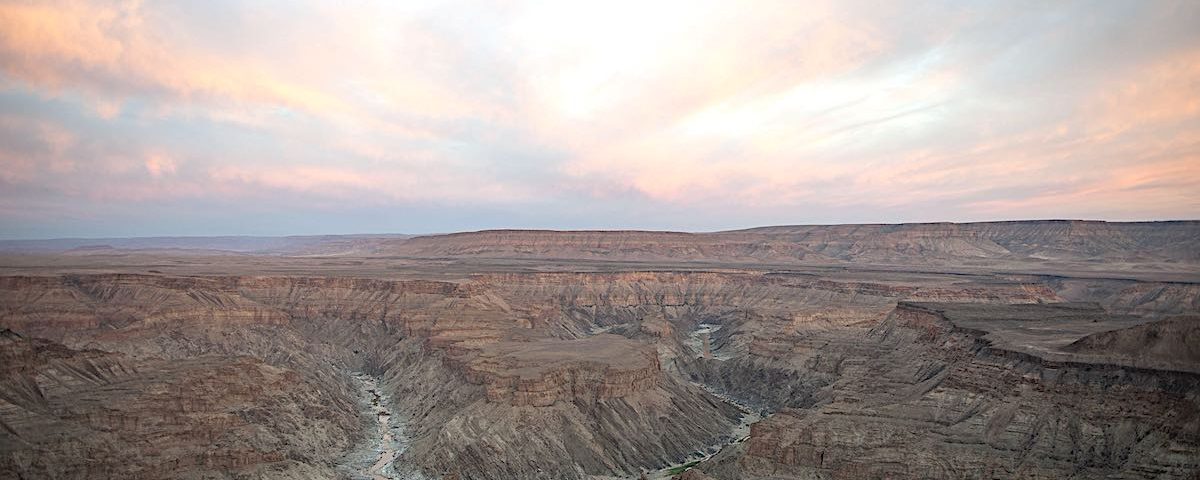
Jermain Ketji: Journey in Conservation and Tourism
August 6, 2019Exploring Windhoek’s Katutura
August 20, 2019Text and Photographs Nina van Schalkwyk
Honeymoons are a big deal… apparently. It’s supposed to be the most romantic holiday a couple can take. That’s a lot of pressure on one trip. Where in the world is this destination for two people that is sure to deliver on all of their rose-tinted expectations while still being affordable enough to leave the bank balance dent-free? It’s not an easy order. And it was one that threw me into the depths of despair over the fact that not only did our honeymoon have to be original, special, romantic, stunning and exotic, but also that there are so many potential honeymoon destinations that the thought of choosing one made me gnash my teeth with anxiety. And I was a relatively relaxed bride, so that’s saying something. Then a thought hit me: why not honeymoon in our motherland, Namibia?
The reasoning was simple enough. People come from all over the world to experience the stunning scenery and epic vistas which we, the locals, take for granted. I convinced my soon-to-be hubby that our perfect honeymoon would be for the two of us to pack his car and take a road trip down to Namibia’s south, make a detour to Lüderitz and finish at the Fish River Canyon. We put in a week’s leave and set off, exploring roads less travelled and tasting various apple crumbles, stopping at roadside farm stalls and getting up early to catch the sunrise.
ON THE EDGE OF THE WORLD
There’s a look-out point on the edge of the Khomas Hochland escarpment, where the mountains drop down from the central plateau to the flat expanse below, stretching out to the west, to the desert, to the sea. A road leads down in ribbons, known as the Spreetshoogte Pass, and at the top one of the most beautiful views in the country unfolds, the Spreetshoogte View Point. This is where we started our honeymoon trip. Looking out to where the sun was setting, our road lay ahead of us. We spent the night in the vicinity, watching the spectacular spectrum of colours that washed over the sky ahead of nightfall. And early the next day we set off down the pass, our vehicle leaving a trail of dust that whirled behind us for kilometres.
We were heading for one of the most visited areas in Namibia – the famous Sossusvlei and nearby Sesriem and Solitaire. We skipped Dead Vlei and its camel thorns, however, not interested in the crowds that we would meet there, and instead opted for a coffee break with a slice of apple crumble at the Solitaire bakery. Solitaire is famous not only for said apple crumble but also for the collection of rusted, broken down automobiles from yesteryear that sit in the sand, seemingly stuck there until the end of time. They do offer great photo opportunities, though.
The reason why the south of Namibia speaks to me, to my soul, is the isolation. There are places in the Namib that feel completely abandoned. NamibRand, a private nature reserve just south of Sossusvlei, embodies this feeling. We were booked into the reserve’s Wolwedans Dune Camp for two nights and spent our time basking in the endless horizons. Our tented room was perched on the side of a russet-coloured dune with a view to the distant mountains. It felt unreal. When you find yourself in heaven, there’s not much else to do except rejoice in it. However, we weren’t allowing ourselves to become completely slothful, so instead we took part in as many of the activities as we could, sans the sunset horseback rides. Early morning drives to the best spots for coffee and rusks, check. Late afternoon drives to the best spots for sundowners and snacks, check. And of course, the obligatory massage on the deck in front of our tent. Not a bad way to pass the time. Eventually, we had to leave, but we did so with light hearts because our next destination was just as unique, albeit in a completely different way.
TO STAND BETWEEN ROCKS, SAND AND THE SEA
Lüderitz is a place from another time. Almost as if transported from another planet. The distinct architecture, similar to the German colonial style seen in Swakopmund, stands out in a place so stark and a landscape so harsh. The seaside town is known for its delicious oysters, but perhaps more for its wind: it happens to be the venue of an annual speed-surfing competition. Strangely, or maybe magically, whenever I visit Lüderitz the weather is cool and comfortable, and it is only when I leave that the wind picks up. Lüderitz is not the place one visits for a run-of-the-mill holiday. It is not a beach resort, palm trees and rum cocktails kind of place.
It is dramatic, rising out of the ancient black rock, almost at risk of being swallowed up by the desert around it. Kolmanskop, the well-known ghost town a few kilometres outside Lüderitz, bears witness to this distinct possibility.
Whereas in NamibRand we had woken up every morning to the sound of silence (it really does have a sound, as if your ears are closed!), our mornings in Lüderitz began with the roar of the dark blue waves crashing over black rocks far below our window. Our room at the Lüderitz Nest Hotel had a view over the bay and we would stand on the balcony and watch the sea birds fly by, landing on the liquid surface, rising and falling with the rolling ocean. Evenings were spent taste-testing local restaurants, from seafood paella at an intimate one-room pub, to pizzas overlooking the harbour and the tastiest Portuguese fish pot at, you guessed it, the Portuguese restaurant (the only Portuguese restaurant in Lüderitz, mind you). We trekked to the south of the town, following the road to Diaz Point, where Portuguese explorer Bartolomeu Dias erected a padrão, or stone cross, on top of a rocky outcrop. After climbing our way up there we stood at the national monument, wondering out loud how on earth those 15th century sailors managed to haul the massive structure up from the beach far below. The ocean seemed volatile, violent, and I couldn’t imagine travelling down the coast of Africa in what compared to later standards of shipbuilding were flimsy wooden vessels. To be tossed about by strong winds and vicious currents. It made me even more thankful a while later to find myself enjoying a hot cup of coffee and a slice of delicious freshly baked cake at the quirky Garden Café opposite the Waterfront. Looking back at history is a charming pastime, but I was rather glad to be in the 21st century, especially considering the developmental milestones achieved in coffee brewing.
FOLLOW YOUR NOSE
While a visit to Lüderitz may feel like finding the last bastion of civilization in the middle of nowhere, imagine turning back the way you came and now heading out into the desert, following gravel roads, not seeing another vehicle or homestead for hours on end. That was exactly what we did, and it was wonderful. From the west we headed east into the interior, exploring the dry landscape, following the D463 as it skirts the top of /Ai-/Ais-Richtersveld Transfrontier Park, the orange sandy desert transformed into a cool greyish brown of eroded rock. Along the way we spotted an abandoned Land Rover on a two-wheel track that turned off the road and ended abruptly a few metres away. The Landy was parked there, as if its occupants had merely stopped to take a walk. It had no roof and there were bottles of water inside. One tyre was missing. The valley around us seemed eerily quiet, not a soul in sight. We noted the coordinates and wished the Landy well before continuing on our way.
The next morning we got up in the dark and followed the road lit by our car’s headlights to the edge of the Fish River Canyon. We were all alone. We sat on the rough gravel ground, between baby boulders and hardy grass, and watched as the sun behind us lit the canyon wall opposite us, the rosy dawn light flowing down its side. All was quiet. All was calm.
This article was first published in the Winter 2019 issue of Travel News Namibia.
WHERE WE STAYED:
Wolwedans Dune Camp: the most luxurious accommodation on our trip, but worth every cent.
Lüderitz Nest Hotel: waking up to the sound of waves crashing against the rocky shore below was a treat. Plus, the views are stunning.
Gondwana Roadhouse: Friendly service. We especially liked the bar, which is in the centre of a huge shed-like structure filled with automotive memorabilia from past decades and decorated in a vintage Americana fashion. Oh, and there are old cars parked between the dining tables.
DON’T FORGET:
Pack warm clothes, especially a thick jacket, because nights and early mornings in the desert can be extremely cold.
Remember closed shoes, for aforesaid low temperatures as well as for walking safaris and exploring the surroundings.
Cash – many establishments along our route didn’t have card facilities. Always ask whether a fuel station accepts cards before filling up.
Always travel with at least 10 litres of water in your vehicle.
Road trip snacks (distances between towns are vast and you might find yourself peckish half-way between nothing and nowhere).


